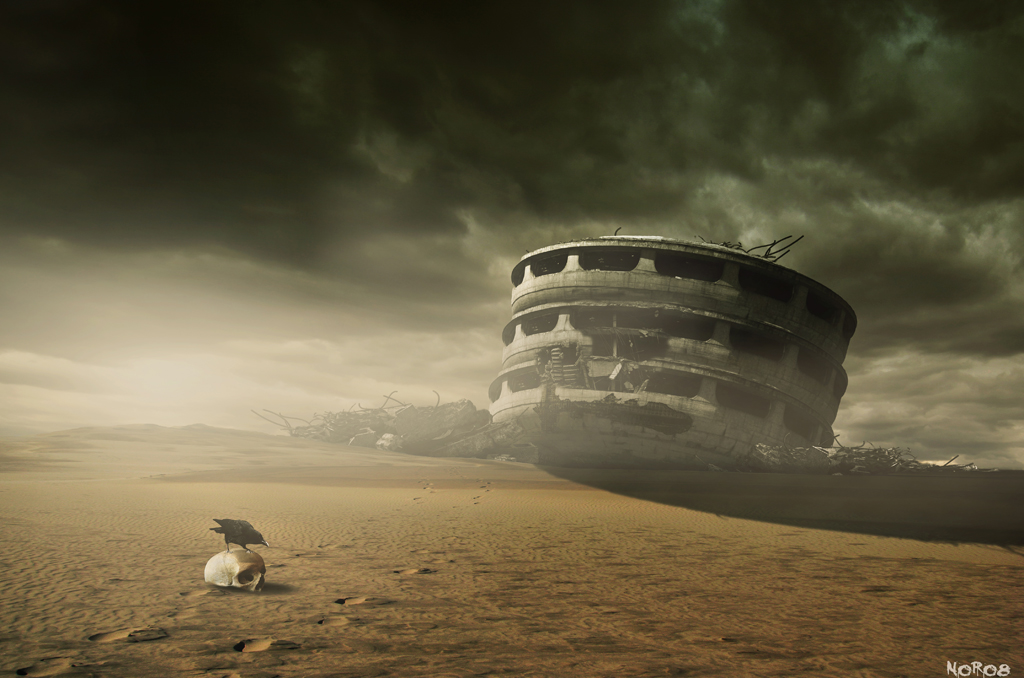Entry tags:
A Hundred Millennia From Now
 I need a little help from my readers for a fiction project in the early conceptual changes.
I need a little help from my readers for a fiction project in the early conceptual changes. I'm trying to find accurate information about the enduring legacies of modern industrial civilization. Assume that our civilization circles through the normal cycle of decline and fall. Assume that ordinary history continues for the next hundred thousand years or so. Assume that ordinary ecological and climatic cycles, perturbed by our current mess, return to normal in a reasonable period of time and persist for that same very long period. What traces will remain of the earth's first global technic civilization?
What I would like, if any of my readers can point me to this, are some easily accessible written sources by geologists and other people literate in the earth sciences which address this. Yes, I'm beginning to draft a story set in the far future; no, it's not going to be the fake future of so much bad science fiction, in which today's mental and cultural habits remain frozen in place across the ages while technotrinkets lurch into ever more elaborately predictable forms. We never went to the stars, nor did alien space bats ever come to visit us; life has continued to evolve; today's industrial society, the legendary First Technate, is a dim presence long since fallen out of mythology, and recalled only in fragmentary surviving records from less prodigiously ancient societies.
Oh, and there's a new ice age on, though the glaciers are slowly beginning to retreat. Fun times!
If any of you have scientifically based sources to suggest for the long-term destinies of our mines and freeways, dams and tunnels, landfills and miscellaneous waste, I'm all ears.
no subject
One thing that comes to mind every once in a while for me is the interstate system. The roads themselves, the bridges etc will, of course, be gone but the grades are likely to be there in many areas until something like a glaciation removes them. Recently I was walking around a friend's property with him and as we strolled down a little path I pointed out what was obviously at one time a skid road for logging. "OH! That's what that is!" says my friend. It stood out like a sore thumb to me even though it was long overgrown. I can easily imagine someone likewise standing on a ridge somewhere looking down on the ancient grade of an interstate and thinking, "that sure looks like a road, but for what? For what would one need such a huge road, especially out here?"
Another thing that comes to mind is some of the dams. Grand Coulee, for example, will have failed long before a hundred thousand years has passed but, I'd expect the remains of that structure to potentially be around for a ridiculously long time.
There is also the good old piles of nuclear waste, but I imagine you were already thinking of that.
I'll be curious to see what it is you're working on.
HV
no subject
no subject
(Anonymous) 2023-06-05 11:55 am (UTC)(link)One immediate spot that comes to (my) mind for this would be Hoover Dam, but I wonder how things would develop along The Tennessee Valley, or behind The Three Gorges Dam.
– Donald Hargraves